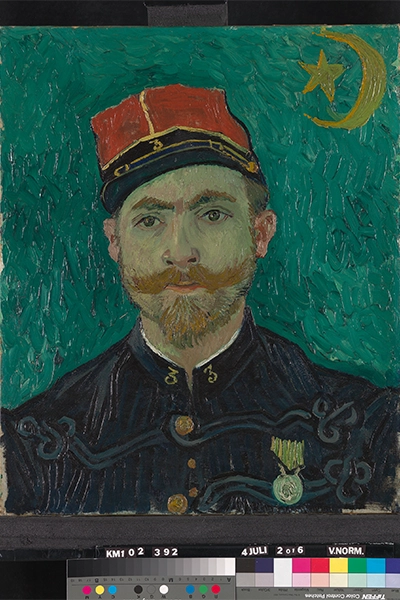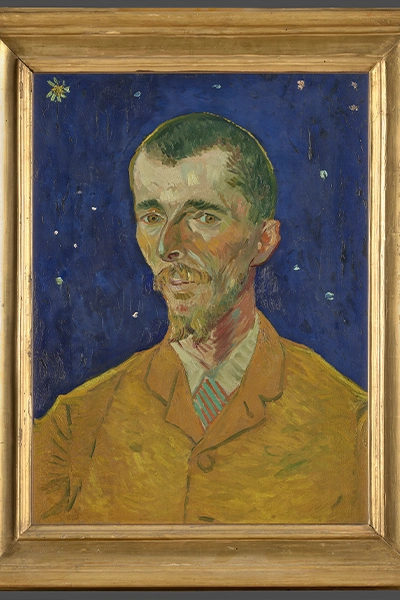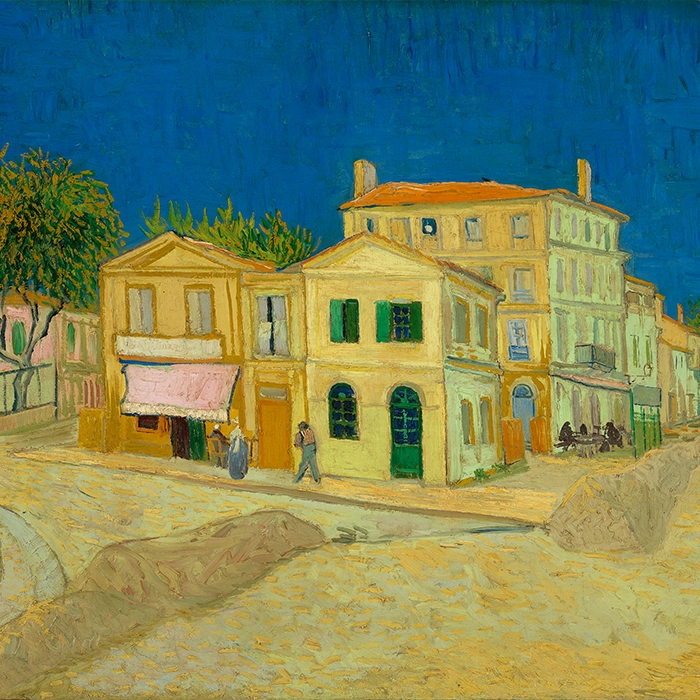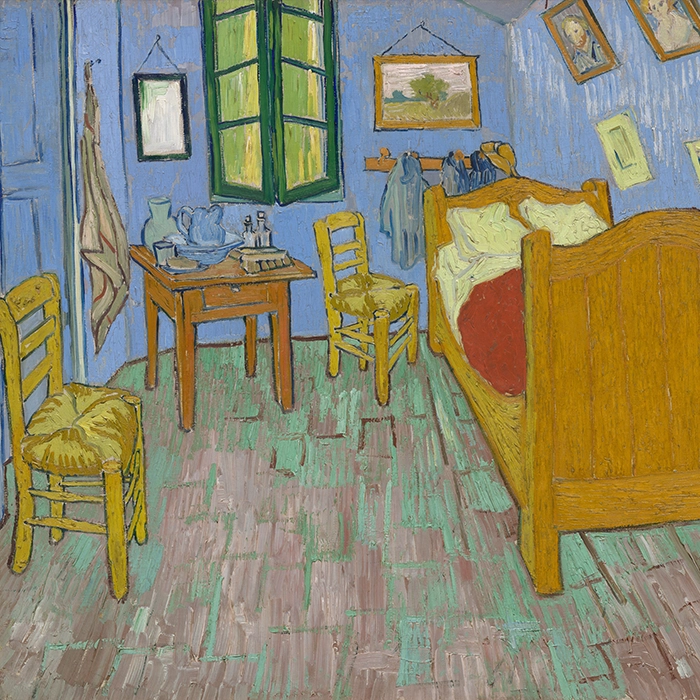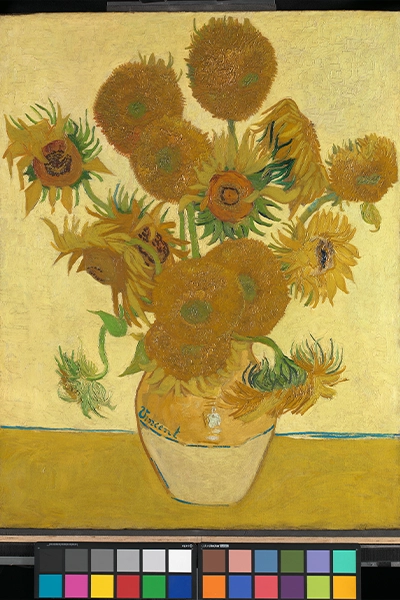30 December 2024
Van Gogh: Keeping it relevant
4 minutes
The National Gallery in London is celebrating its 200th anniversary with Van Gogh: Poets and Lovers, an exhibition that is attracting a new generation of art lovers to admire his expressive work
Van Gogh’s lovers beneath the dark glossy sky in ‘Starry Night over the Rhône’ (1888, Musée d’Orsay) never fails to captivate me – I find myself lost in the swirling skies.
|
(Image: Starry night over the Rhone 1888. |
It is the same when viewing ‘A Wheatfield, with Cypresses’, 1889, Van Gogh’s masterpiece of twisting flame-like cypresses, tortured olives and wonky mountains which transport me to the South of France where, from 1888-90, Van Gogh revolutionised his style in both texture and colour.
The Dutch master’s time in Arles and Saint-Rémy was therefore a decisive period and the exhibition of 61 works highlights how he was inspired by poets, writers and artists during those two years.
The National Gallery has brought together some of Van Gogh’s most well-known paintings alongside others which have rarely been seen in public. In doing so the exhibition is drawing a new, younger audience alongside art lovers like me who have been lucky enough to view so much of Van Gogh’s work over the years.
|
(Image: The Lover (Portrait of Lieutenant Milliet), 1888 |
(Image: The Poet (Portrait of Eugène Boch), 1888 |
|
(Image: Vincent van Gogh |
(Image: Vincent Van Gogh |
While walking through the eight rooms the atmosphere changes from Van Gogh’s deep feeling for nature to the Saint-Paul-de-Mausole hospital in Saint-Rémy, where he was admitted in May and June 1889. Here he imagined the asylum’s overgrown garden as a secluded site for lovers while an autumn scene, in the same location, is associated with his fellow patients’ suffering.
|
|
Bringing the ‘Sunflowers’ togetherVisitors can enjoy so much of Van Gogh’s most iconic work: ‘The Yellow House’ (1888, Van Gogh Museum), ‘Van Gogh's Chair’ (1889, The National Gallery),‘Self-portrait’ 1889 (Collection of Mr and Mrs John Hay Whitney, National Gallery of Art, Washington D.C.) and The National Gallery’s ‘Sunflowers’ (1888) alongside another version of ‘Sunflowers’ on loan from the Philadelphia Museum of Art. The two paintings were last together in the artist’s studio in 1889. Between the two paintings at the exhibition is ‘La Berceuse' (1889), an important loan from the Museum of Fine Arts, Boston, USA. Van Gogh sketched a plan for two sunflowers to be displayed as a triptych with a version of La Berceuse (Lullaby: Madame Augustine Roulin Rocking a Cradle) in a letter to his brother Theo, so it is exciting to see these three paintings displayed just as Van Gogh had envisaged. (Image: Sunflowers, 1888 |
Impact on art pricesOf course, with my insurance hat on, I realised that this hugely popular exhibition must also help keep up prices of exceptional, rare art. Ruth Woodbridge, Head of Impressionist and Modern Art, Bonhams London, agrees and told me: “Undoubtedly exhibitions of major artists such as Van Gogh and Monet, which are both celebrated at galleries in London at the moment, do have an impact on valuations. “The works are reinterpreted and, in some cases, introduced to the next generation which means that the artist is kept relevant.” Although he was not widely appreciated during his lifetime (1853-1890) Van Gogh is now one of the most appreciated Post-Impressionist painters and The National Gallery’s five-star show has ensured his energetic use of colour and breathtaking brushstrokes will continue to be ever more appreciated. Van Gogh: Poets & Lovers runs to January 15, 2025 Visit nationalgallery.org.uk (Image: Vincent Van Gogh Image Courtesy National Gallery of Art, Washington) |
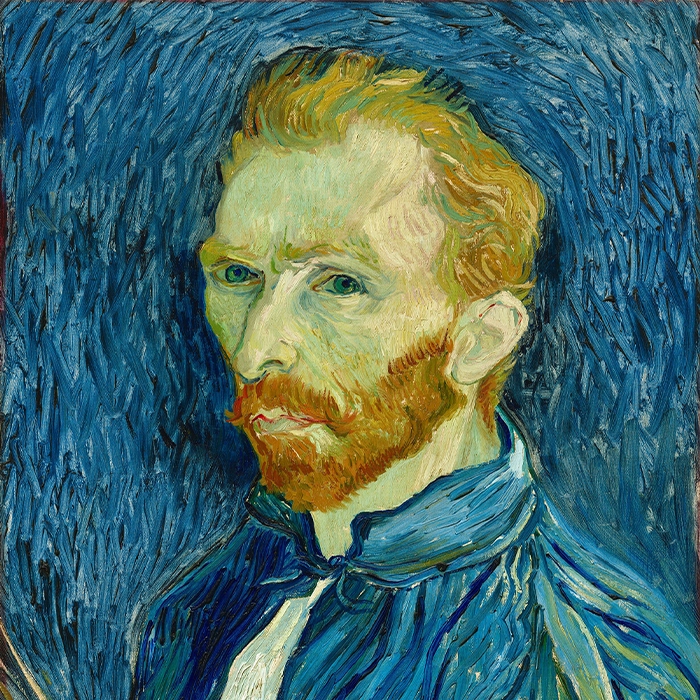 |
Art Insurance
If you have a fine art collection you should check it has the correct insurance cover. You don’t always need a stand-alone policy to insure artwork, but it shouldn’t be insured as “Contents”. Our recommendation is that any art in any form is insured under the “Art and Antiques” section of your policy. Ensure there is a good description of each item, with size and images.
Remember that repairing is different to replacing. A collection can be damaged by smoke, or a painting can fall off a wall. In these instances, you may not want to replace a piece, but having the right insurance policy in place will cover the costs of repair and restoration, or compensate you for a depreciation in value. For more information on how to insure your art please read our article: Insuring your artwork.
We also recommend that you get an up-to-date valuation. Make sure the valuation is for insurance purposes and that documentation is kept in a safe, secure, but memorable place in the event of a claim. We have a panel of recommended valuation companies that can assist by not only valuing your pieces now, but by also giving you up-to-date valuations going forward. Some of the insurers we work with will give a 25 per cent or even 50 per cent uplift for three years following a valuation to protect policyholders from rising prices.
To speak to Howden about your insuring your art call 020 8256 4901 or email art.insurance@howdeninsurance.co.uk


